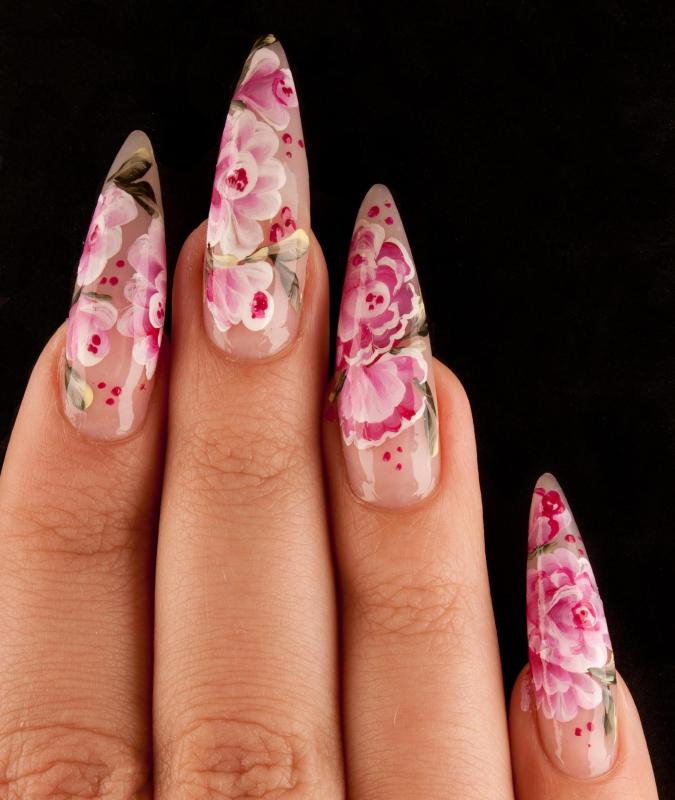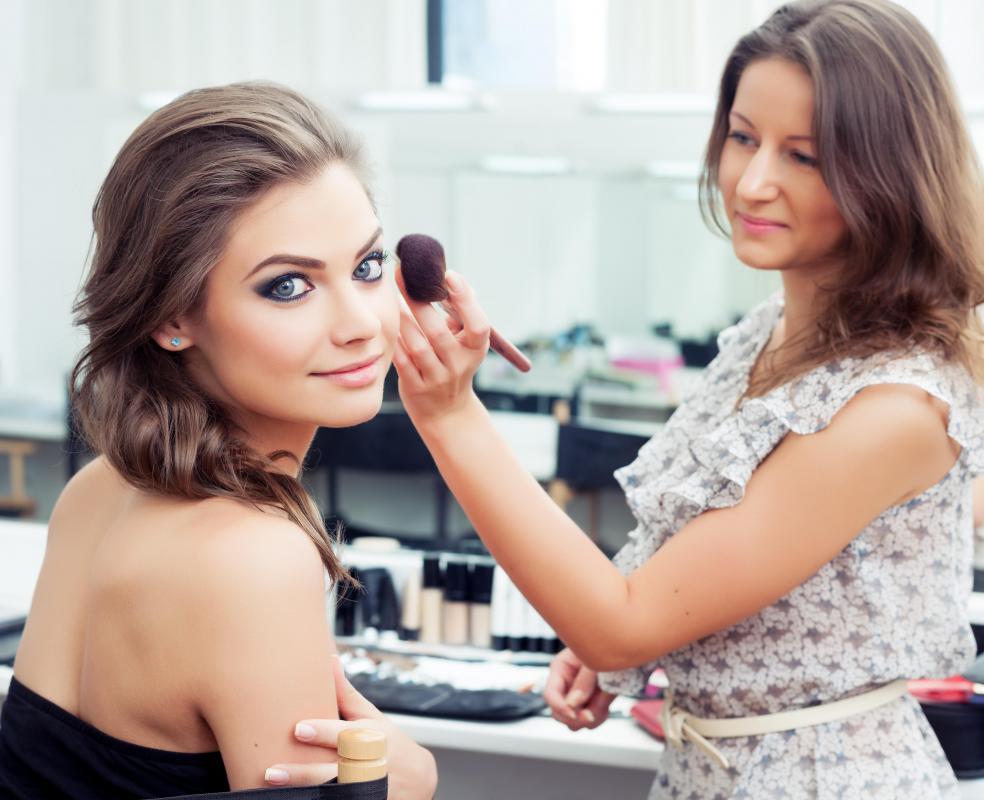At WiseGEEK, we're committed to delivering accurate, trustworthy information. Our expert-authored content is rigorously fact-checked and sourced from credible authorities. Discover how we uphold the highest standards in providing you with reliable knowledge.
What are the Different Types of Esthetician Training?
Esthetician training prepares students for a career in body and skin care within the cosmetology field. There are many vocation opportunities for estheticians in salons, spas, and clinical settings, but study and training in specific areas are required. Students receive esthetician training in a private beauty academy or a public esthetician school, and go on to receive licensing through state cosmetology boards.
Physiology and anatomy training imparts knowledge about the basic structure of the whole body, individual body parts, and the body’s physiological functions. The training emphasizes healthy body functions and provides knowledge about maintaining that health. These studies also give students a brief introduction to disease and skin care.

In diseases and body systems training, students learn about the major body systems and how they affect hair, skin, and nails. Esthetician training in this area provides opportunities to study skin tissue, organs, and cells to develop a better understanding of the physiology and histology, or microscopic structure, of skin and hair. Diseases that affect hair, nails, and skin are studied carefully, giving students the necessary tools to recognize disorders that estheticians may treat as well as those that may require a physician.

Training in analysis and practice teaches students how to work in a professional setting. They learn effective ways to greet clients and perform professional consultations by observation and practice. In this type of setting, students are better able to learn how to conduct skin analysis and tailor their techniques according to the skin type of each client. They will also learn how to spot the symptoms of skin disorders that they may encounter in a work setting.

Throughout esthetician training, workshops or clinics are typically available to give students clinical practice in skin and nail care. In these clinics they will learn more about the basics of advanced cosmetology, artificial nail care and application, manicures, and pedicures. The clinics also help students meet the mandated quota, or required number of hours, in the areas of practical clinical training.

For medical esthetician training, additional study in biology and cell chemistry is required. Students learn about cell chemistry and physiology, genetics, metabolism, and reproduction. Students need this training if they plan to start an esthetician career in a medical or clinical setting like a doctor’s office or hospital. Be sure to consult with the local cosmetology board before training begins in order to pick an esthetician school that meets the state's education requirements.
AS FEATURED ON:
AS FEATURED ON:

















Discussion Comments
I think it would be quite tough to take proper clinical esthetician training. Not only do you have to learn what people normally would learn in a class, but you'd also have to learn how to look through the propaganda that different skin care companies use to sell their products.
I mean, you'd be trying to recommend things that would work based on their scientific value to skin, hair, nails and so forth. But, a lot of products don't do very much.
You'd also have to learn quite a lot about nutrition, because that's where a lot of the real change happens when it comes to skin care.
It was an esthetician in training who told me that I might be suffering from polycystic ovarian syndrome and encouraged me to get it checked out. I'd always just thought I had acne and other problems because I was unlucky. If she hadn't been kind and smart enough to tell me otherwise I might still not know what was going on, and been able to get treatment.
Of course, it was during an IPL treatment that she advised me on it, and she still gave me the treatment even though, since I had PCOS the hair grew back.
I try not to be too annoyed about that, but IPL treatments are expensive. I'll have to try again when my hormones are under control.
Post your comments